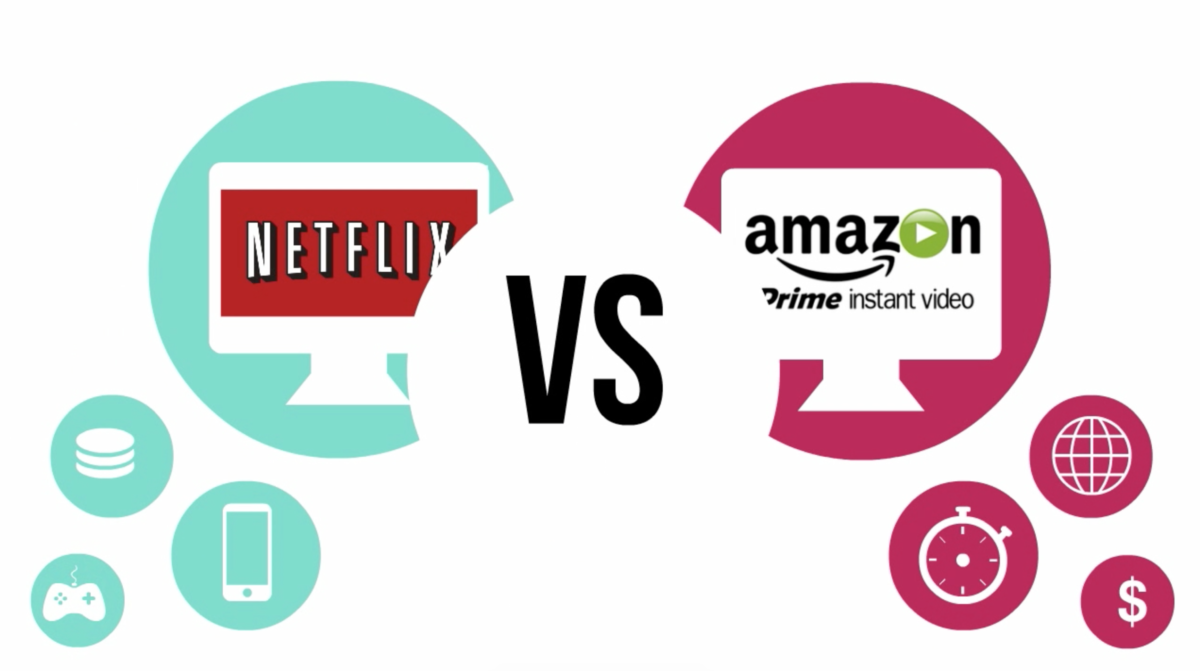5/5 (10) Although robotic automation has only advanced in the 20th century, one may be surprised to know that the functionality of automatons had already been explored millenniums ago by the Greek Heron of Alexandria in his work ‘Automata’ and ‘Pneumatica’ (History Computer, 2016). Whilst these automatons were originally used for entertainment and religious purposes, they have further developed to serve the manufacturing environment since 1954, when the first industrial robot Unimate was created that aided in General Motors’ assembly line (ThomasNet, 2016). With robotics becoming increasingly efficient and effective, firms of various industries are finding it more beneficial to utilize these in their operations. As a matter of fact, at least 1.3 million industrial robots will be working in factories by 2018! (World Robotics, 2016) Considering the Slavonik origin of the concept ‘robot’ to be ‘servitude of forced labor’ and the rapid technologically-advancing environment, should one be surprised that some professions may be threatened by this human-imitating automaton? (NPR, 2011)
Robotic automation is currently on the road to disrupting major industries at their core, by changing the composition of the labor force. This disruption is occurring faster than we think, considering a record has been reached in 2015 for most industrial robots sold! According to the International Federation of Robotics, the industries being consistently supplied these industrial robots are the automotive, electronic and metal industry (International Federation of Robotics, 2016).
The Trade-Off
When deciding to employ either a human personnel or industrial robot, a firm has to make a trade-off. A robot is easily trained and maintained, quick and precise, and less likely to be affected by tedious jobs (ThomasNet, 2016; Qureshi and Syed, 2014; MIT Technology Review, 2016). On the other hand, human personnel form the foundation of a firm. Their satisfaction is vital to succeed, despite being the more expensive option. They are able to create solutions for situations that have not previously occurred. For example, creating a marketing or business strategy requires thinking about an original way to ultimately attract consumers, a task a robot is not capable of completing at this point in time (Goldbloom, 2016).
Therefore, I believe an organization should employ both types of labor in the work place to benefit from each’s strengths. If robots are set to complete repetitive tasks, humans are able to complete higher-order jobs such as managing and marketing (Sims, 2016). It is worth noting that human personnel must remain in control, as to avoid potential human, organizational and economical problems (Middleton, 2016; InformationWeek, 2016). For example, the economy would be negatively impacted if a firm would place more resources into the introduction of robotics as opposed to the training of human personnel. Why? Because unemployment would increase and spending would decrease – a contraction of the economic cycle (Qureshi and Syed, 2014).
Recommendation
In order to facilitate this shift in labor composition, one suggests to implement “cultural, educational and training programs” that will help individuals develop and adapt to the new digital society (EU Parliament Magazine, 2015; Qureshi and Syed, 2014). Furthermore, firms should review their hiring process to ensure individuals are compatible with working alongside robots and offer potential financial incentives to those who are (InformationWeek, 2016).
The Future
A researcher from Cambridge University’s Bio-Inspired Robotics Lab predicts that artificial intelligence and robotic automation will blend together to create “embodied intelligence.” Robots will become more sensitive, creative and responsive to humans – after considering this, their forecast that 47% of all US jobs have the potential to be automated is more understandable! (Wired, 2016; Japan-UK Robotics and Artificial Intelligence Seminar, 2016; Middleton, 2016) We are already experiencing robotic automation in the form of manufacturers, ATMs, checkouts, chefs (e.g. Momentum Machine) and hospital helpers (e.g. UCSF Medical Center) – this will only continue to expand to include more skilled jobs such as nurses and school teachers (Middleton, 2016).
The CEO of Fetch Robotics asked… “If I could give you mechanical devices with software that would do all the crappy tasks for you, would you take it?” Jobs exist today that society did not realize would exist decades ago. Despite all the tedious and repetitive tasks that robotic automation will replace, it will also create opportunities and new careers in the future (Dillet, 2016; Sims, 2016). Should one therefore still be worried about the upcoming wave of robotics? What are your thoughts on this?
Bibliography
Dillet, R. (2016). Fetch Robotics CEO Melonee Wise welcomes our new robot overlords. [online] TechCrunch. Available at: https://techcrunch.com/2016/09/13/fetch-robotics-ceo-melonee-wise-welcomes-our-new-robot-overlords/ [Accessed 24 Sep. 2016].
Goldbloom, A. (2016). Transcript of “The jobs we’ll lose to machines — and the ones we won’t”. [online] TED. Available at: https://www.ted.com/talks/anthony_goldbloom_the_jobs_we_ll_lose_to_machines_and_the_ones_we_won_t/transcript?language=en [Accessed 24 Sep. 2016].
History Computer. (2016). Heron of Alexandria. [online] Available at: http://history-computer.com/Dreamers/Heron.html [Accessed 24 Sep. 2016].
InformationWeek. (2016). Robots, AI Won’t Destroy Jobs, Yet. [online] Available at: http://www.informationweek.com/strategic-cio/it-strategy/robots-ai-wont-destroy-jobs-yet/d/d-id/1326056 [Accessed 25 Sep. 2016].
International Federation of Robotics. (2016). Industrial Robot Statistics. [online] Available at: http://www.ifr.org/industrial-robots/statistics/ [Accessed 25 Sep. 2016].
Japan-UK Robotics and Artificial Intelligence Seminar. (2016). 1st ed. [ebook] Embassy of Japan in the UK. Available at: https://www.jetro.go.jp/ext_images/_Events/ldn/summery_report_seminar.pdf [Accessed 24 Sep. 2016].
Middleton, C. (2016). Half of all jobs will be done by robots – Conference Report. [online] Diginomica. Available at: http://diginomica.com/2016/02/22/half-of-all-jobs-will-be-done-by-robots/ [Accessed 24 Sep. 2016].
MIT Technology Review. (2016). A Japanese industrial robot can teach itself to perform a task overnight. [online] Available at: https://www.technologyreview.com/s/601045/this-factory-robot-learns-a-new-job-overnight/ [Accessed 24 Sep. 2016].
NPR. (2011). Science Diction: The Origin Of The Word ‘Robot’. [online] Available at: http://www.npr.org/2011/04/22/135634400/science-diction-the-origin-of-the-word-robot [Accessed 24 Sep. 2016].
Qureshi, M. and Syed, R. (2014). The Impact of Robotics on Employment and Motivation of Employees in the Service Sector, with Special Reference to Health Care. 1st ed. [ebook] Rabigh. Available at: http://www.ncbi.nlm.nih.gov/pmc/articles/PMC4266810/pdf/main.pdf [Accessed 24 Sep. 2016].
Sims, D. (2016). Are Robots Killing Jobs Or Creating Them?. [online] ThomasNet. Available at: http://news.thomasnet.com/imt/2013/02/05/are-robots-killing-jobs-or-creating-them [Accessed 24 Sep. 2016].
The EU Parliament Magazine. (2015). Robotics at the heart of disruptive technology. [online] Available at: https://www.theparliamentmagazine.eu/articles/opinion/robotics-heart-disruptive-technology [Accessed 24 Sep. 2016].
ThomasNet (2016). History of Robotics. [online] Available at: http://www.thomasnet.com/articles/engineering-consulting/robotics-history [Accessed 24 Sep. 2016].
Wired. (2016). Rise of the Machines: The Future has Lots of Robots, Few Jobs for Humans. [online] Available at: https://www.wired.com/brandlab/2015/04/rise-machines-future-lots-robots-jobs-humans/ [Accessed 24 Sep. 2016].
World Robotics. (2016). World Robotics 2014. [online] Available at: http://www.worldrobotics.org/index.php?id=home&news_id=287 [Accessed 24 Sep. 2016].



